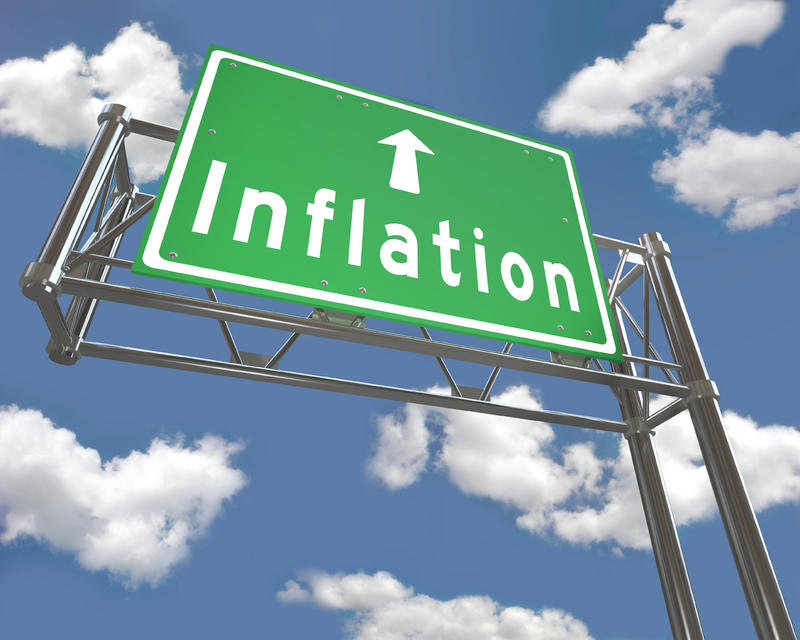
Today, the Monetary Policy Committee (MPC) will announce its decision on the Bank of England’s rate, with many commentators believing it’s too tight to call if it will drop.
Households will be waiting to hear what impact the vote will have on their mortgage rates, which have started to creep down further recently. Indeed, the average five-year fix has fallen below 4% for the first time since April.
On the other hand, savers have reaped the rewards from the increase in interest rates, but how long will that continue?
We take a look at the current rates and how the 12 months of 5.25% rates have impacted the mortgage and savings rates on offer, with data and commentary from finance expert Rachel Springall from Moneyfacts.
Mortgages
Last August, the average two-year fixed rate stood at 6.85%, while the five-year equivalent was 6.37%.

Wellness and wellbeing holidays: Travel insurance is essential for your peace of mind
Out of the pandemic lockdowns, there’s a greater emphasis on wellbeing and wellness, with
Sponsored by Post Office
Now, those rates are 5.77% and 5.38% respectively, which have both dipped since July, when they were 5.53% for a two-year deal and 6.01% for a five-year deal.
For a longer-term deal, a 10-year deal is 5.93% on average, not far from the 5.89% rate in August 2023.
However, when you look at the deals in December 2021, the contrast is stark, as the average 10-year rate stood at 2.97% and two- and five-year rates were 2.34% and 2.64% respectively.
Elsewhere, standard variable rates (SVRs) have followed the opposite direction of traffic since the base rate was held at 5.25%.
Since August 2023, the rates have crawled up to 8.16% from a 7.85% rate, but this is small in comparison to the leap in August 2022, when they were 5.17% on average.
‘Borrowers require a lot of patience’
Rachel Springall believes mortgage holders will require a “lot of patience” as they wait for their fixed deal to expire before they can grab a more attractive rate.
Springall said: “However, despite the latest falls, borrowers may want to see a bigger injection of rate competition, particularly as rates are higher than they were six months ago.
“Those desperate to secure a new deal for peace of mind could do so a few months before they come off their existing deal, as some lenders will let borrowers do this from three to six months in advance.
“Borrowers coming off a deal this year must acknowledge that they will need to set aside more of their income to cover higher repayments.”
Springall also recommended sticking with a fixed rate deal due to the SVR holding little value since the base rate began to rise in December 2021.
Paying the average 8.16% SVR could cost borrowers an extra £380 per month on a £250,000 home compared to a typical two-year fix on the market.
She added: “First-time buyers trying to get their foot onto the property ladder will find some competitive deals out there, but their homeownership dreams weigh on whether they can find an affordable property, particularly if they don’t have the Bank of Mum and Dad to make their dream a reality.”
Savings
In the savings market, the average easy-access account was 2.81% in August 2023, while the easy-access cash ISA was 2.86% on average.
The savings market has not fluctuated as much as the mortgage market in the year since the base rate has been held at 5.25%.
In the last month particularly, there has been little change across the board.
For August 2024, the average easy-access and easy-access cash ISA accounts come to 3.15% and 3.36% respectively.
A notice ISA is now 4.22%, up by 0.57% on last August’s rate, whereas its non-ISA equivalent has gone up from 3.9% to 4.29%.
Looking back to before the base rate hikes, the average savings rate for easy-access and easy-access ISAs were much lower and both below 0.3%. Now, there are plenty of challenger banks offering customers much more competitive prices than their major bank rivals.
Check out the challenger bank rates
Springall has urged savers to stay alert to the best deals offered by challenger banks if they haven’t done so in the last few months.
She said: “The average rate paid across the biggest high street banks is 2.01%, which is less than the current market average easy-access rate across all savings providers. The last time the base rate rose was in August 2023, by 0.25%; six months later, the average easy-access rate rose to 3.17%, but again, the average rate paid across the biggest high street banks was less, at 2.04%.
“There are expectations for the base rate to fall before the year is over, so those savers who want a guaranteed return would be wise to consider either a fixed rate bond or ISA for a guaranteed return.
“It is also imperative that savers with bigger pots keep an eye on whether they are due to breach their Personal Savings Allowance [PSA], and if they haven’t already, consider utilising their ISA allowance to protect their money from tax.”
The finance expert also warned for savers to brace themselves for a dip in attractive savings rates once the base rate eventually lowers.
She added: “Once a base rate cut happens, it can have a big impact on the variable rate market in a short time frame, but can also trigger providers to adjust fixed rates as a consequence.”




